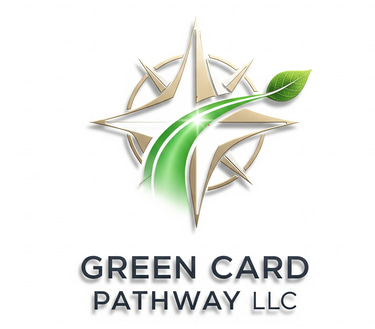Life After EB-1A Approval: Next Steps & Maintaining Your Status
Congratulations on your EB-1A approval! Learn exactly what to do next—from filing I-485 or consular processing to securing work authorization, planning for your family’s transition, and staying compliant after you receive your green card.
Green Card Pathway
7/16/20253 min read


An EB-1A approval is a career-defining milestone—your extraordinary ability has been recognized, and permanent residency is within reach. But the journey isn’t over. Whether you must file for Adjustment of Status (I-485) in the U.S. or complete consular processing abroad, there are critical steps to ensure a smooth transition for you and your family. In this guide, we’ll walk you through post-approval actions, timing considerations, work authorization, dependent filings, and long-term compliance so you can fully embrace life as a U.S. permanent resident.
1. Choose Your Filing Path: I-485 vs. Consular Processing
Key Points:
I-485 (Adjustment of Status)
File in the U.S. once your I-140 is approved and a visa number is current.
Benefits: Work authorization (EAD) and travel permit (AP) while your application is pending.
Consular Processing
Attend an immigrant visa interview at your U.S. consulate abroad.
Travel restrictions: you remain abroad until your visa is issued.
Action Steps:
Check the Visa Bulletin for current priority dates.
Review your timeline and family logistics—EAD delays can impact dependents.
Decide with your attorney which option minimizes risk and downtime.
2. Filing Your I-485 & Obtaining Your EAD/AP
Key Points:
Form I-485: Adjustment of Status application; includes I-485 fee, biometrics, and I-765/I-131 optional forms.
EAD (Form I-765): Work permit—usually issued within 4–6 months.
AP (Form I-131): Advance Parole—allows travel abroad while I-485 is pending.
Action Steps:
Complete and review all forms carefully; ensure consistency with your I-140.
Schedule and attend your biometrics appointment promptly.
Track the receipt dates for EAD/AP to plan job transitions and travel.
3. Consular Processing Logistics
Key Points:
DS-260: Immigrant visa application form.
Medical Examination: Must use a panel physician approved by the consulate.
Interview Prep: Similar to nonimmigrant interviews but focused on eligibility and admissibility.
Action Steps:
Complete DS-260 online and download the confirmation page.
Upload required civil documents into the Consular Electronic Application Center.
Prepare for the interview: review your petition, bring originals, and rehearse typical questions.
4. Dependent Spouses & Children
Key Points:
Derivative Status: Your spouse and unmarried children under 21 can adjust status or process visas concurrently.
EAD/AP for Dependents: File I-765/I-131 for each dependent if using I-485.
Action Steps:
Include dependents in your I-485 packet or coordinate their consular interviews.
Provide clear guidance on medical exams, translations, and document requirements.
Plan for schooling, work eligibility, and healthcare coverage timing.
5. Transitioning to Permanent Residence
Key Points:
Green Card Issuance: I-485 approval mail yields a physical card; consular issuance gives a visa stamp and permanent resident packet.
Social Security Number (SSN): If first-time applicant, you’ll receive your SSN around the same time as your card.
Updating Records: Notify employers, banks, and the DMV of your new status.
Action Steps:
Confirm your mailing address for USCIS and the consulate.
Schedule any required appointments (e.g., DMV) using your SSN.
Update professional profiles (LinkedIn) to reflect permanent residency.
6. Long-Term Compliance & Renewal
Key Points:
Maintaining Residence: Avoid extended trips abroad (>6 months) without Advance Parole.
Green Card Renewal: File Form I-90 at month 9 of your 10-year card validity.
Permanent Resident Obligations: File U.S. taxes, maintain address records, and avoid criminal issues.
Action Steps:
Track your renewal window and set calendar reminders.
Keep a record of all U.S. arrival/departure dates.
Consult on naturalization eligibility after 3–5 years, depending on circumstances.
Conclusion
Approval of your EB-1A petition is a powerful achievement, but the path to permanent residency includes several critical steps afterward. By choosing the right filing method, securing work and travel authorization, coordinating dependent filings, and staying compliant, you’ll maximize the value of your green card and set your family up for success. Need help finalizing your I-485, preparing for your consular interview, or managing dependent applications? Book a Post-Approval Strategy Session today and let us ensure your transition is seamless.
